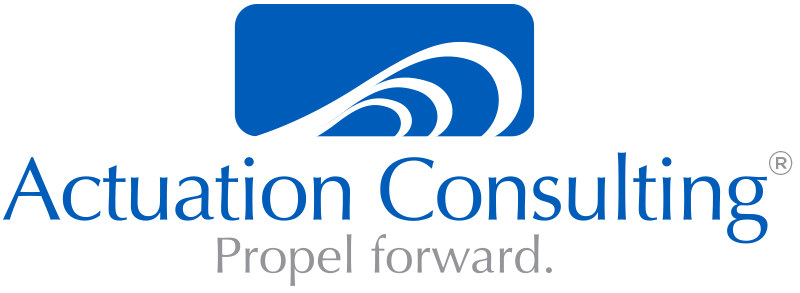After reviewing the latest survey results, my colleague (Greg Geracie) and I put our collective heads together to do just that. We attempted to combine years of experience and practice with several industry-standard methodologies.
Our goal in creating this hybrid approach was to:
- Start the conversation not end it…regarding methodologies. Methodologies and frameworks should evolve and be tailored to meet the needs of the business and the products they are developing.
- Create a framework for undertaking technology projects that embraces and promotes evolutionary change throughout the entire life-cycle of the project and product.
- Promote industry best practices that emphasize teamwork, customer involvement, and the frequent creation of small, working pieces of the total system.
We first looked at each methodology and identified common phases and descriptions of each. That initial framework took the shape of what’s being presented below in Figure 1:
Figure 1. Iterative Incremental (Agile) Product Production Framework
Next, we broke down each phase to better understand the role accountability, cross-functional team collaborators, and deliverables. The first part of the framework looks like this:
Figure 2. Strategy, Business Case, and Roadmaps
We paid specific attention to where checkpoints (toll gate reviews) would be needed across the overall lifecycle, but tried to maintain flexibility and adaptability to the overall framework. In addition, we ensured the identification of a true accountable owner of each phase was identified and their responsibilities were spelled out. We’ve found that accountability improves employee engagement and increases employee’s vested interest in their products.
We wanted to build in ways to obtain early and ongoing customer feedback, as well as, focus on improving time to market by regular releases of “workable” product components – rather than a big bang.
Figure 3. Iteration/Release Planning
It was extremely important that we built in clarity on expectations. Well defined roles and responsibilities was a requirement. As well as, an understanding of the hand-offs and interdependencies.
Figure 4. Deploy/Operate/Retire
The completed process (Figure 4) was meant to show everyone involved in the production process (roles, linkages, and deliverables) post release. Product development can’t just be about delivering code. It has to be more about commercializing the product. Whatever process you use, it’s critical that each participant understand the overall process, their role, and what’s expected of them.
We believe that starting with the hybrid, instead of backing into it, will save time, effort, and overall cost of product development. By sharing this methodology, we hope to generate conversation with the goal of advancing in the industry. When it comes to creating successful products, it shouldn’t be about which framework is better. It should be about what works. Why not start with something more tailored to your needs?
Let us know what works for you.
Steve Starke is a recognized expert in the field of project management and is the author of S.T.O.P The Project Management Survival Plan.





